TWICE 2.0 — Coming soon.
Learn more about the update
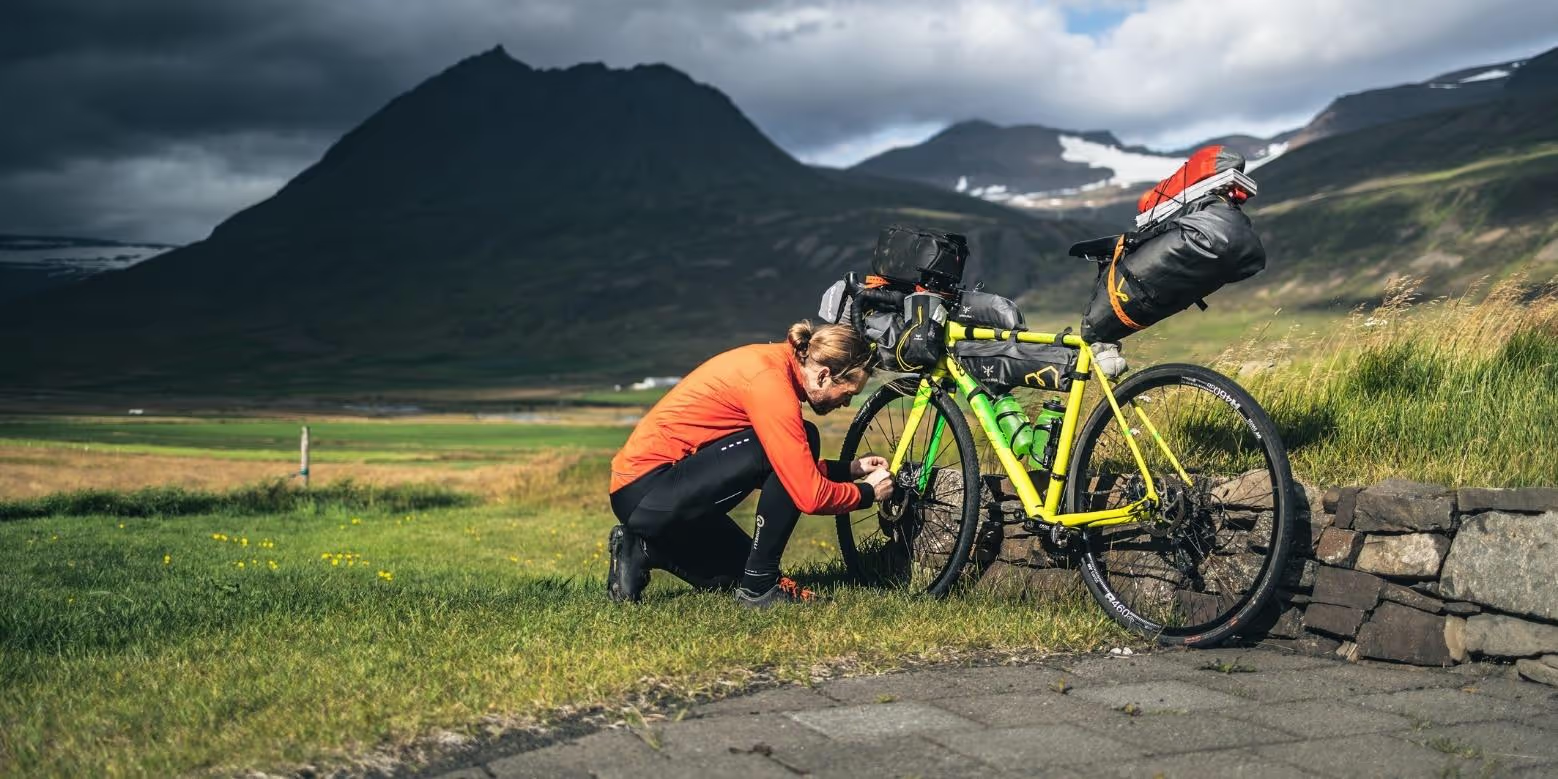
The cycling tourism industry is booming right now. Modern consumers are more focused on health, wellbeing, and adventure. Cycling tourism offers a way to explore challenging trails and new terrain for hobbyists of different abilities. For local businesses, the potential economic benefits are enormous.
Cycling tourism refers to recreational visits that involve leisure cycling as the primary reason for the holiday. They can be day trips or overnight stays involving large or small groups of cyclists riding short or long distances. While these tours can include cities, they tend to focus on visits to remote areas around the world.
Bicycle tourism is comprised of several smaller niches, like:
As reported by the Outdoor Industry Association, a record 53% of Americans aged six and over engaged in outdoor activity in 2020. This rise was partly in response to COVID-19 restrictions. However, this trend was present before the pandemic.
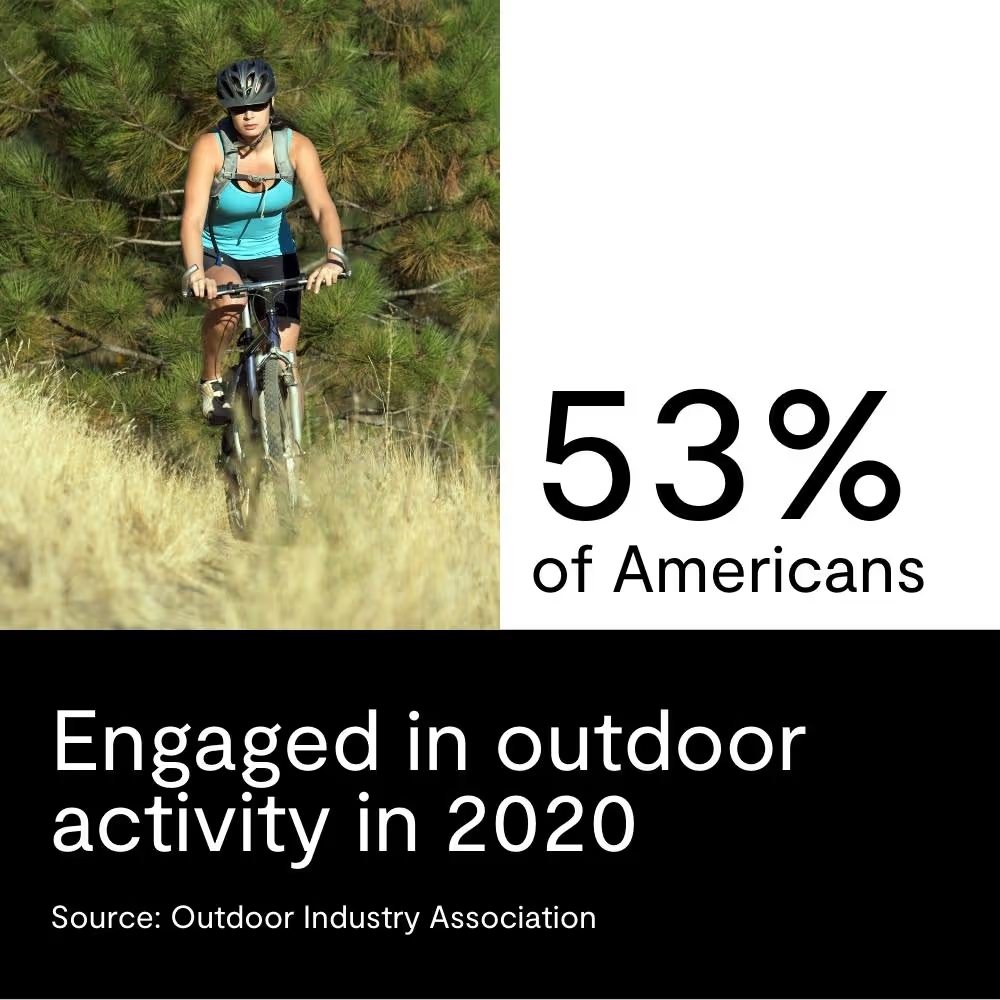
Reports by the Adventure Cycling Association suggest that the US Bicycle Route System has grown to over 18,000 miles in recent years, while Europe's equivalent route network, EuroVelo, covers over 90,000 kilometers in 42 countries. More growth is to be expected.
The story in Europe is the same. Germany, the UK, and the Netherlands are leading the way as the largest cycling tourism destinations. However, other markets are growing rapidly too. Jesús Freire of the European Cyclists Federation suggested that cycle touring doubled in Hungary during the pandemic. Other European countries have reported roughly similar figures.
Weekend biking is booming across Europe. The UK (60%), Ireland, France, and Sweden (30%+) have seen the biggest jumps in growth. European Parliament estimates that approximately 2.3 billion cycle tourism trips are made annually.

Regarding future projections, the bike tourism market is expected to grow significantly over the coming years. Research in the US market signifies a compound annual growth rate (CAGR) of 14.78% between 2021 and 2030.
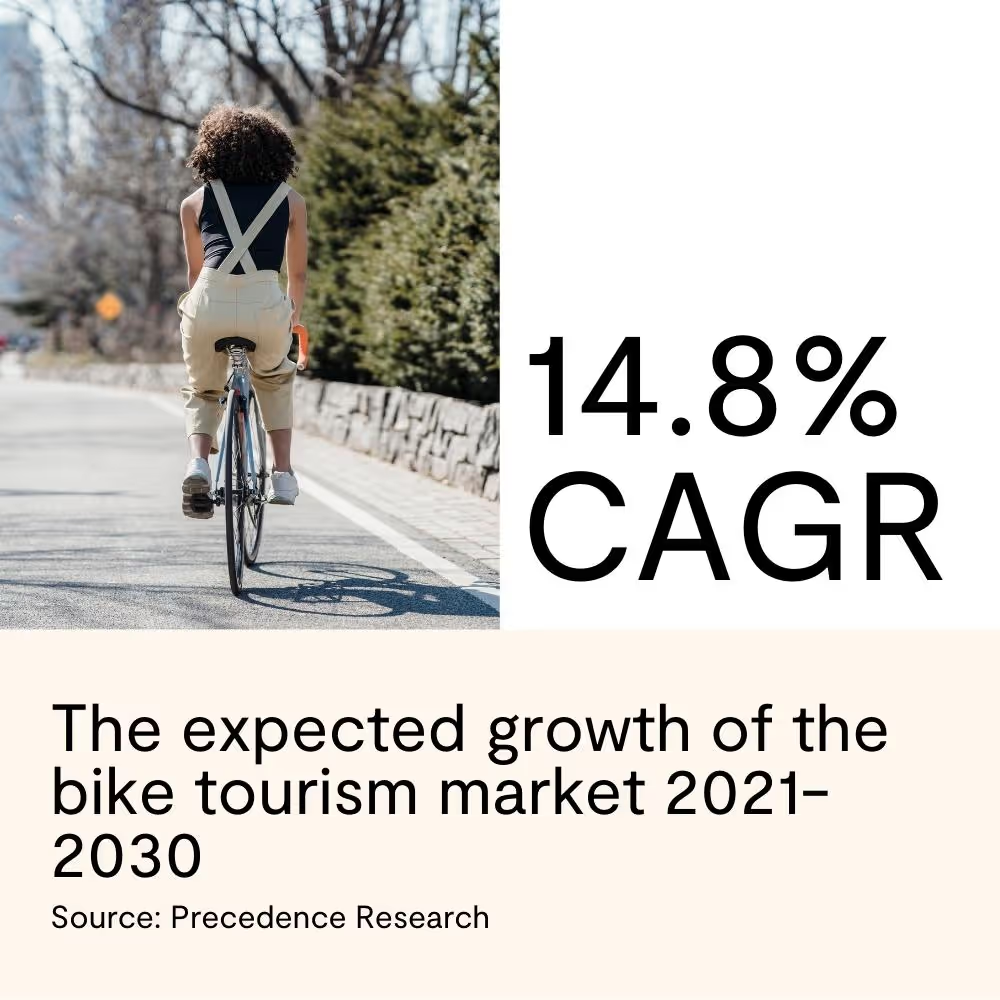
These figures indicate a rise from $345m per year in 2020 to $1.3bn by the end of the decade. Further research suggests that the global market will be worth around $3bn by 2030.
One of the biggest indicators of the rise of bike travel is the continuous shortage of bikes. Demand has far outstripped supply across major countries. While supply chain issues have affected most sectors, they are particularly pronounced in the biking industry.
Lockdowns in China slowed down the production of bicycles. As demand surged, the industry struggled to keep up. Reports about when things will return to normal are mixed. Some producers say the end of 2022, while others are less optimistic.

There are several factors at play that explain the rise in bicycle tourism.
Health and wellbeing have become more important in society. As a result, people are choosing more active holidays. Cycling provides a great way to achieve fitness.
Working and living in cities denies people regular access to nature. Bicycle tourism, perhaps more than any other outdoor activity, offers a way to explore the countryside far away from the hustle and bustle of the city.
Sustainable, low-impact holidays are a growing trend. A greater societal focus on eco-friendly activities favors bike tourism.
Biking is one aspect of adventure tourism, a type of holidaymaking involving exploration and access to unspoiled, remote locations.
A cycling holiday can take many different forms. The type of holiday depends on local terrain and individual preference and ability.
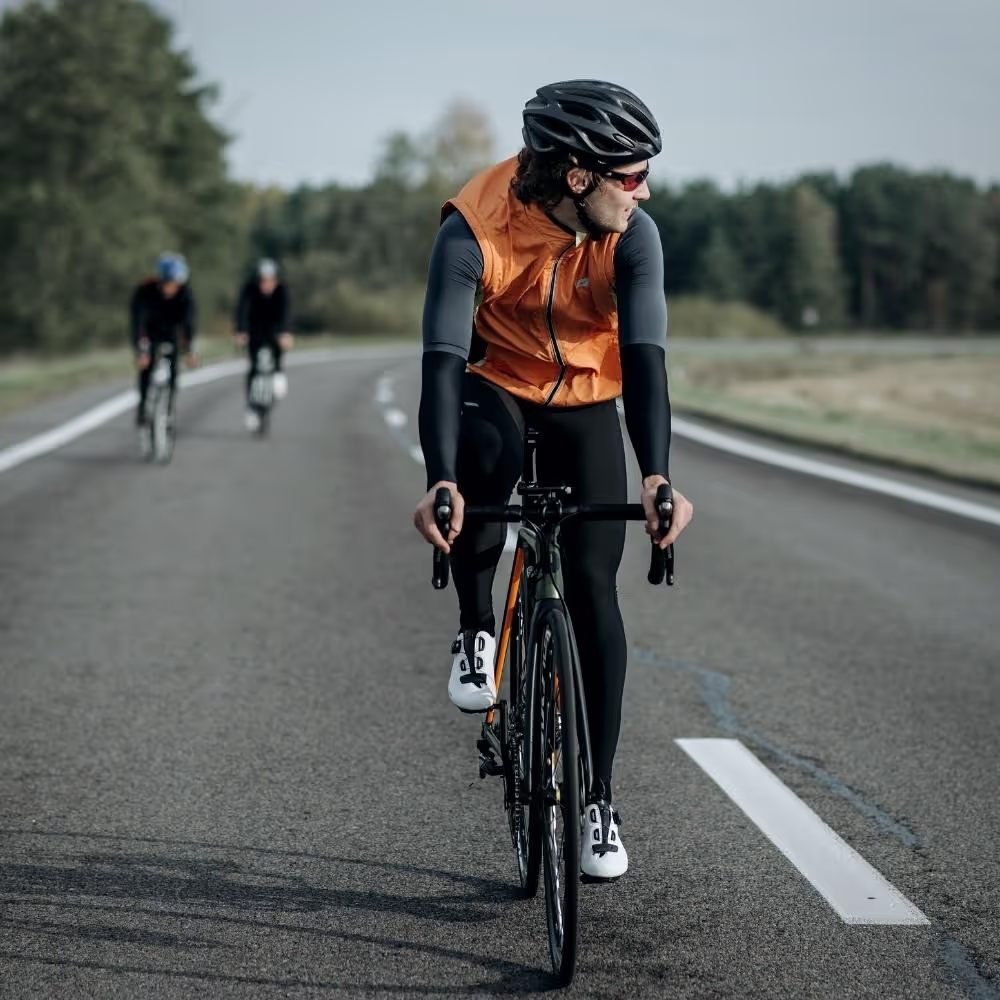
Road cycling involves long-distance trails over smooth asphalt or paved roads at high speed. Road cycling tourism is more competitive, with many participants already experienced and regular cyclists.
Many road cyclists have an individual streak. Many participants prefer to cycle alone or in smaller groups. Their typical age group is between 18 and 49.
Road cycling routes vary wildly. Some of the factors involved are weather conditions, fitness levels, and even road conditions. Shorter routes tend to be around 15 to 25 kilometers, while longer paths that cater to dedicated hobbyists can reach as high as 200 kilometers per day!
Finally, road cyclists want to keep luggage to a minimum. They are far more likely to avail of services that bring their luggage from hotel to hotel.

Family bicycle tourism mostly takes the form of single or multi-day trips. These services typically offer a mix of shorter distance routes alongside other kid-friendly activities. For example, a family cycling route could also offer access to surfing, ziplining, nature reserves, and other activities.
Family cycling tourism has grown significantly since COVID-19. Family cycling tours generally involve parents with children up to 14 years of age. Appealing to this demographic requires providing child-friendly biking equipment, like child seats or tandem bikes.
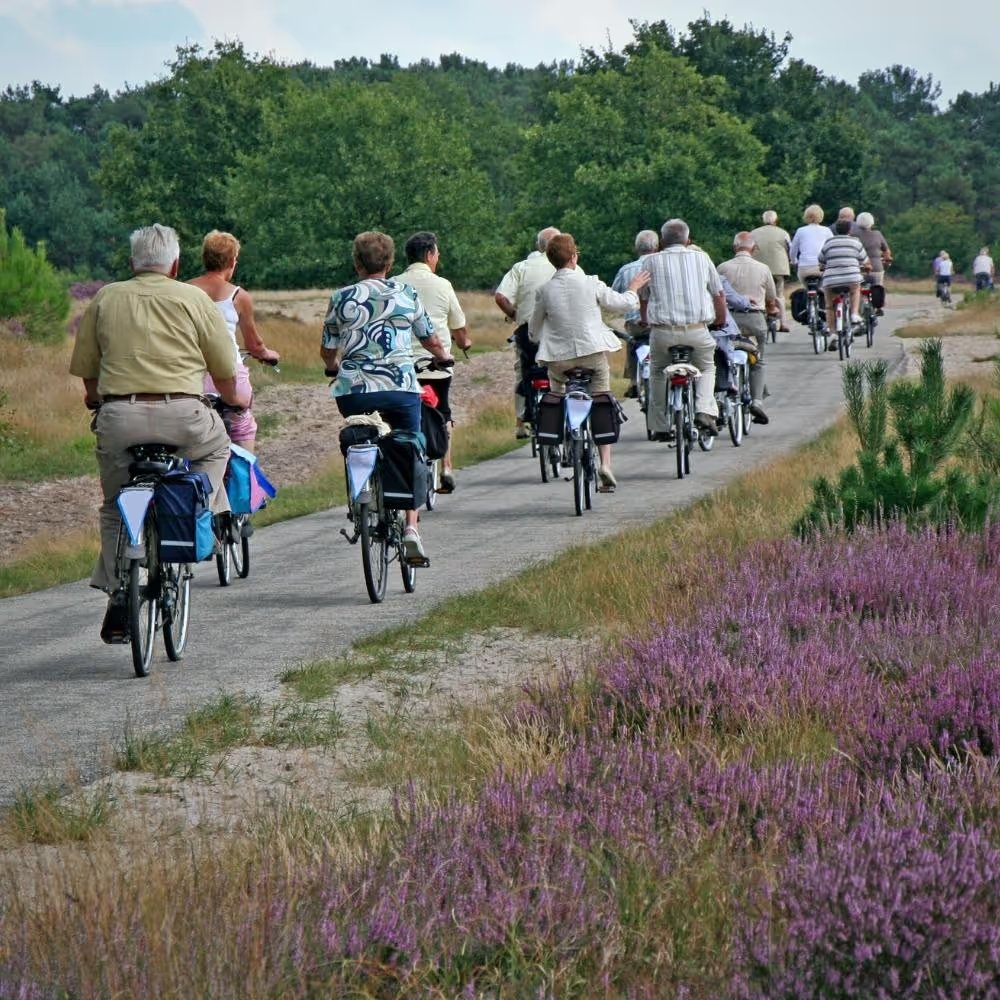
Tour cyclists enjoy the physical activity of cycling, but it's not necessarily the most fundamental and significant part of their holiday. However, despite that, it's the biggest market in cycling tourism.
This kind of bike tourism could be considered more casual and leisurely and can include guided tours and sightseeing where a bicycle is the primary mode of transportation.
Capturing this market requires ensuring there are plenty of local attractions, sights, and other things to do. Unlike other cycling tourists, biking isn't the destination in itself. So ensure that you include a well-designed route that offers plenty of activities.

Mountain bike tourism involves cycling over rough terrain in forests or mountains. Mountain bikers like the challenge of strenuous trails and a sense of adventure.
Typical mountain bikers are aged between 25-45. They are generally well-educated, with a preference for rugged topography. While some mountain bike tourists enjoy organized tourism, independent trips are their preference. However, when traveling abroad to exotic locations, they are more likely to avail of tour guide services guided by someone in their local language.
While some mountain bikers enjoy roaming and exploring, they generally go on specific, pre-defined routes.
Unlike other cycling tourists, mountain bikers only tend to cycle for a few hours per day. Mountain biking is high-impact on the body, so these travelers like to engage in other activities too.
Finally, mountain biking tourists are fussed about luxury. They're OK with basic food and accommodation, especially if it keeps the costs down.
Mountain biking is a burgeoning niche inside the broader cycle tourism market. Mountain bike tourists enjoy a particular bicycle touring experience that offers an interesting opportunity for a local economy with the right terrain.
Some of the activities that mountain bikers enjoy are:
Cross-country: The most popular kind of mountain biking is cross-country. This kind of bicycle tourism involves taking routes from one place to the next, particularly over rough terrain.
Single-track: Single-track mountain biking uses planned-out routes. Often these trails are graded for difficulty. As a result, they can attract users of different abilities and experience.
Gravel: Gravel bike tourists take in a wide variety of terrain, like gravel, road, and mountains.
Enduro: Enduro — or all-mountain biking — is exactly what it sounds like. Instead of taking in forest or woodland terrain, participants climb and descend steep, rugged landscapes.
Freeriding: Freeriding is an extreme sport that favors the most rugged routes. Often, freeriding mountain biking is an advanced activity that also involves tricks, jumps, and other risky stunts.
Downhill: Downhill mountain biking is roughly analogous to skiing. Participants take lifts to the top of a peak and descend them at high speed.
Dirt jumping: Dirt jumping is a mountain bike pursuit that involves short routes. Participants jump off ramps and peaks, performing tricks. Again, this is a relatively extreme and advanced activity.
It's fair to say that touring cyclists are a particular type of individual even though cycling tourism appeals to people of any age group. Still, the clearest demographic distinction between cyclist personas groups is age. Age correlates, for example, with disposable income and the level of service required.
You can roughly split cycle tourists into two demographics; Younger and older adults.
Tourists with children aren't a huge target for bicycle tourism because all-day cycling can be demanding on young bodies. However, there are many ways to include families, such as slow-roll day trips that involve kid-friendly activities.
Of course, each age group has its own idea of what a cycling tourism holiday looks like. Let's take a quick look at what younger and older cyclists want from bike holidays. You can use these preferences to define the type of services you offer to attract and serve the right audience.
Younger cyclists tend to prefer a more stripped-back, basic service. They have less disposable income than older cyclists and tend to travel lightly. They prefer roads and routes off the beaten path and are happy with accommodation like camping, homestays, hostels, etc.
Food-wise, their preference is for healthy, affordable foods. Finally, they are more likely to go on bicycle tours within their home country.
Older cyclists lean towards a more luxurious experience. They are more likely to travel abroad searching for well-paved, clearly defined routes. Capturing this market involves catering to their expectations. By and large, they like to stay at hotels and eat out in upmarket restaurants in the evenings.
Some services this demographic wants are things like bag pickups. These services involve their luggage being ferried from one destination to the next by cars. Older cyclists typically have more disposable incomes and want a bit of luxury when they are off the road.
A report by the Institute for Tourism and Research in Montana, USA, sheds some light on the demographic make-up of typical bicycle tourists. Their report found that:
The bicycle industry as a whole has faced some criticism in recent years for lack of diversity. The gender gap is almost even but slightly favors men (43% vs 57%). However, minority communities are still not as engaged with bicycle tourism.
The reasons for these disparities are complex. However, it suggests an under-served market can be unlocked with the right approach. Many non-profit organizations — like the Adventure Cycling Association — have designed programs to help subsidize traditionally marginalized people. So there are signs of progress.
Bicycle tourists require different types of accommodation depending on the activities they do. You can broadly break down accommodation into two distinct groups.
The most common type of bicycle tourism involves fixed accommodation. These tourists prefer to have a base and go out and explore the area by day. Fixed accommodation set-ups are a good choice in countries with unpredictable climates. These holidaymakers can ditch their bikes and engage in drier activities if the weather is bad.
Fixed accommodation can still involve lengthy daily cycles. However, circular routes work best, with cyclists returning to their accommodation at the end of each day.
Many cycling routes are cross-country. Some great examples are the Transamerica bicycle trail or any of the several European-wide routes. The logistics involved in taking these routes mean that cyclists need to pre-book hotels and get their luggage transported by car.
Bicycle tourism can have an immense effect on local and national economies. An influx of tourists can inject money into local communities through other travel-related activities.
Cycle touring has long been considered a great way to support smaller, rural economies that lack established tourism development. When tourists visit remote areas, they spend money and support small businesses, like restaurants and hotels. The economic impact can transform areas that have suffered from low employment rates.
Past studies by the European Parliament suggest that cycling holidaymakers stay one or more nights when "en route." These overnight visitors, when combined with income generated by other tourists, can form the backbone of a strong economy that employs many people in a full-time or seasonal capacity.
As mentioned earlier, COVID-19 restrictions boosted bicycle tourism and the cycling industry as a whole. With travel restrictions in place, many people chose local holidays that embraced nature and the outdoors.
However, overall growth is just one notable trend. Here are a few others.
In previous years, bike tours were organized along fairly strict lines. Typically, that meant advanced cyclists vs. casual cyclists. However, things are changing, and now tours tend to offer the same expeditions for mixed-ability cyclists. The big reason for this is the advent of the e-bike.
E-bikes, or electronic bikes, enable even inexperienced cyclists to participate in more demanding tours. E-bikes are steadily becoming a more significant part of rental operations. However, they require more maintenance than regular bicycles, which is something bicycle rental teams should consider.
Where once there was a stigma about using an e-bike on tour, these attitudes are changing. Assisted cycling allows older or inexperienced cyclists to join friends or family. In ways, it has democratized cycling and broadened accessibility.
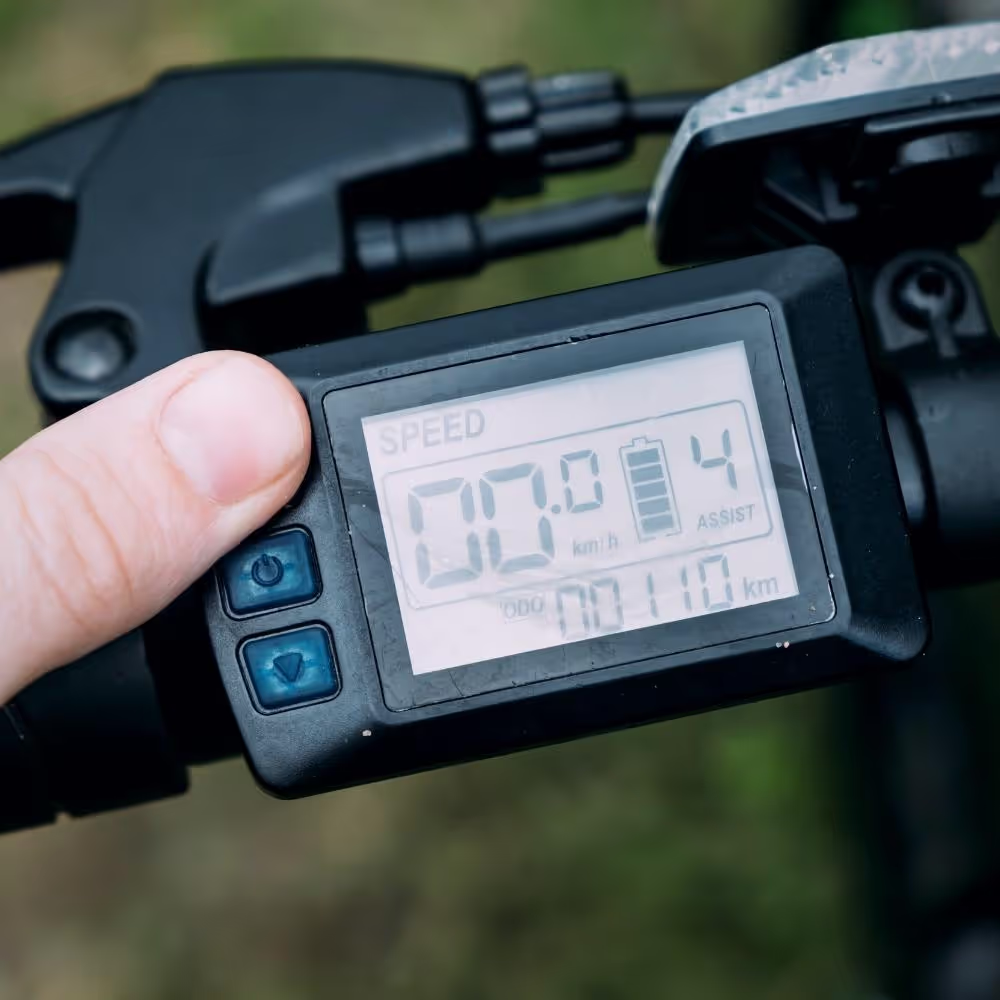
Pre-pandemic, bicycle tourism was already considered a luxury activity. Many packages — especially those in far-flung locations — carry four-figure price tags. That trend is set to continue, with interesting tours featuring excellent accommodation and food seeing increased demand.
While cycling tours have always been seen as an excellent way to get to see small towns and unspoiled locations, this trend is moving into more extreme wilderness. As our lives have become increasingly urbanized, many people want holidays where they can access remote beaches, mountains, and wildlife.
Many travelers yearn for unique experiences that allow them access to something out of the ordinary.

Bicycle tourism into unknown territory can be exhilarating. However, exploring places you don't know can quickly go wrong if you get lost.
Some touring operators are offering the best of both worlds. Instead of pre-planned routes, they are helping travelers make bespoke routes based on their ability, support, accommodation, holiday length, and so on.
These tailor-made routes could offer an excellent opportunity for local guides and bike rental businesses with an ability to mix and match services.
E-bikes' rise in popularity has opened up other new possibilities. Go to your local bike shop, and you're likely to see some of these bikes that are built for off-road cycling, with thicker wheels and wider handlebars.
These bicycles can handle rough terrain and unwelcoming weather conditions with or without electric assistance. Mountain tours in snowy regions could become a huge growth industry.
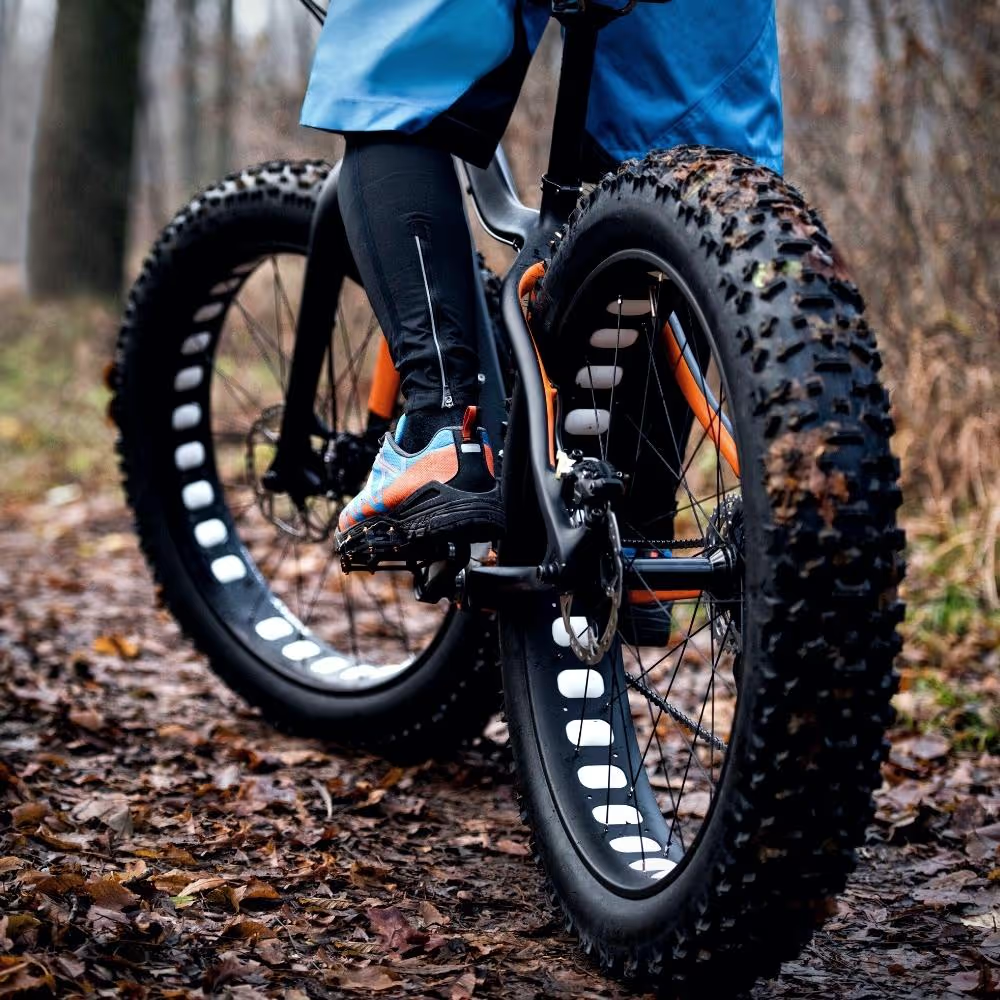
Bikepacking is an emerging type of bicycle tourism. These travelers aren't particularly interested in paid tours. Instead, they prefer to travel from place to place, staying in tents and camping areas.
This customer group typically has their own bikes but can rent things like cycling bags, GPS devices, and other equipment not commonly needed for everyday cycling. Furthermore, general camping equipment is also necessary for bikepacking trips.
Campsites may also be able to target bikepackers through content marketing on social media and blogs. For example, by providing them with information about routes, including a night at their premises.
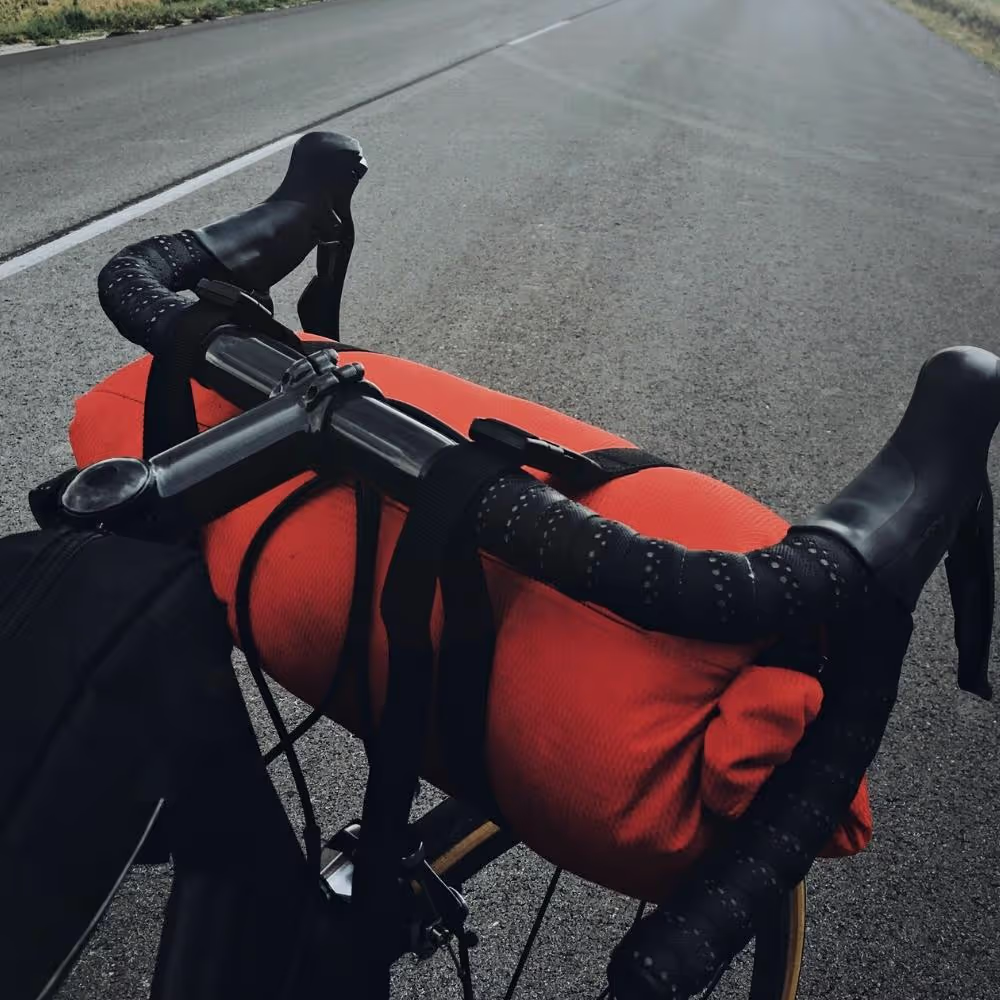
There are lots of great apps for navigation, like BikeMap and Komoot. This software is excellent for cyclists who are touring unfamiliar routes. While many travelers will be happy to use their own phones, there could be an opportunity for rental providers to provide attachable devices.
Aside from apps, there is a lot of great tech out there helping to improve safety and overall biking experience.
Multi-Directional Impact Protection Systems (MIPS) is the new gold standard in safety. Many modern bike helmets feature this technology, which can reduce head and brain injury by as much as 70%. Rental businesses that invest in this technology could unlock excellent upselling potential.
Other interesting items that rental providers could target for upselling are things like high-quality ergonomic UV glasses. Cycling goggles that reduce glare and improve visibility are very welcome.
Additionally, rental businesses could look toward advances in wearable tech. While existing apps can help with route planning, wearable tech that monitors heart rate could be an excellent way to provide added value for fitness and sports cyclists.
Adding gadgets like this to your bike rental inventory could give you an extra revenue stream.
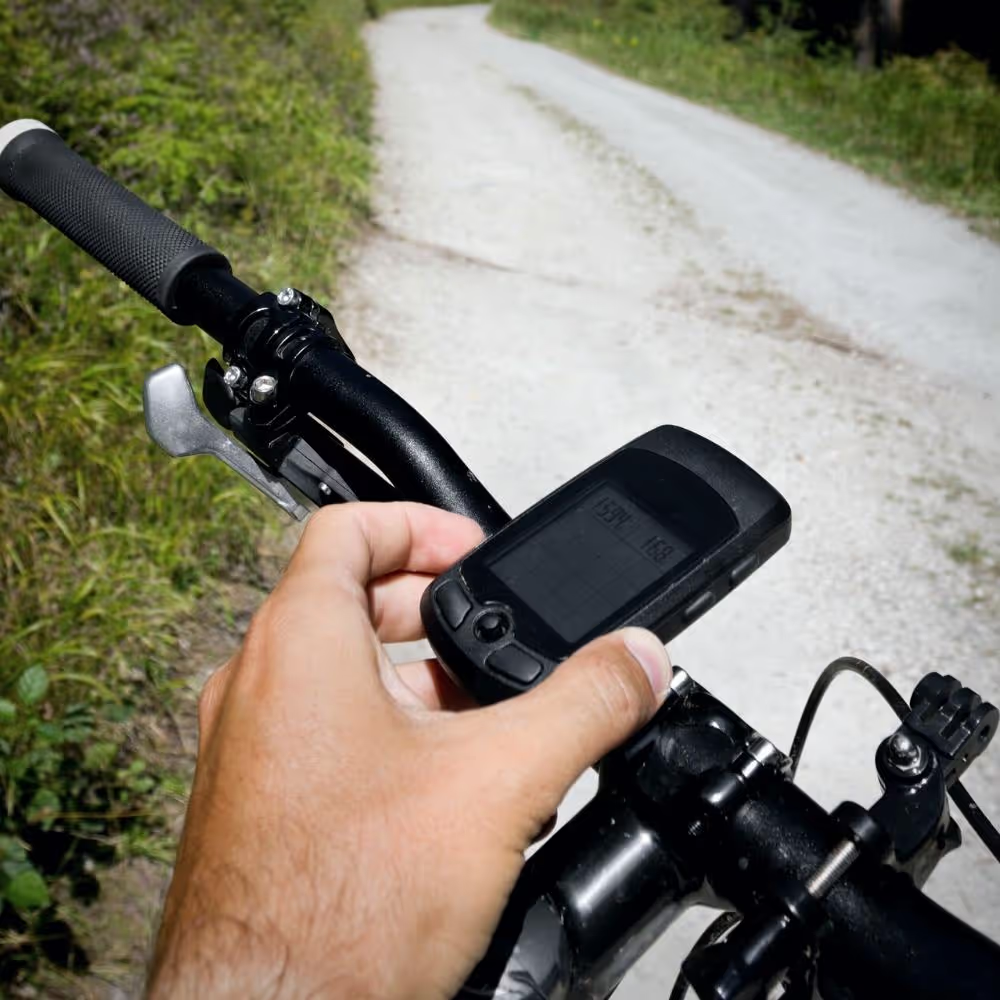
Big cities around Europe and the US have been investing in better bike infrastructure. Bike-friendly cities help reduce the need for cars and public transport and should help local governments hit their eco-targets.
One of the biggest barriers to converting users is bike safety. Bike lanes and boulevards have become more common as town planners seek new ways to encourage cyclists onto the roads. Additionally, town planners are re-thinking road design with more segregation (bollards, walls, curbs, etc.) for areas with higher speed limits.
Governments understand the economic impact of increased bicycle tourism. Designing for safety could be an excellent way to attract a family audience.
Social media will continue to play a huge role in cycling. Many cyclists use social platforms, such as Strava, to post about their tours, using a mix of images and videos. Expect this trend to continue.
Social media could provide an excellent marketing opportunity for anyone who operates tours or rents equipment. Content related to interest routes and areas of interest could result in high engagement. As always, creating helpful and valuable content is the best way to cut through the noise and establish your products or services.
Sustainability is one of the oft-cited reasons why people bike. Cycling tourism has become popular, especially in Europe, because it offers travelers a low-impact way to enjoy a holiday. Businesses that embrace this customer trend could offer tours that take in sustainable accommodation, locally sourced foods, and more.
Many travelers are tired of overcrowded, expensive touristy experiences. They want to find something more authentic, far away from the artificial, highly-curated gift shop vibes.
Bicycle tourism offers an excellent way for travelers to meet local people and experience the more remote or rural parts of the country. Additionally, they offer an opportunity for travelers to have an economic impact on communities that need support.
So, keeping authenticity and local knowledge at the heart of your marketing and communications makes sense.
It's estimated that cycle tourism is linked to over half a million jobs in the EU. While cycle tourism has a huge impact on economies on many different levels, there are two major potential revenue streams for small businesses which are directly related to cycling tourism.
Bike tour operators can design and promote specific trails for tourists. Typically, bike tours can be broken down into four different categories (with some crossover):
Bicycle touring or traveling: This kind of bicycle tourism can be independently organized and involve multi-day visits. Typically, these trips involve longer distances, adventure cycling routes, or interesting trails.
Organized events: These bicycle tours involve defined routes, such as events like Cycle Oregon or Tour de France routes.
Destination riding: This type of bicycle tourism involves bike riding to a particular attraction. These trips can involve overnight stays, but they predominantly take place over one day.
City cycling: City cycling tours are a great way for tourists to get around a city. Many urban centers have invested heavily in bike-friendly infrastructure in recent years. These investments have increased safety and accessibility.
Each of these activities offers interesting commercial possibilities. Businesses in the local community can attract visitors through bicycle tourism, while other companies can organize packages that include food, accommodation, and luggage transportation, for example.
While some bike tourists travel with their own two wheels, others will want the option of renting out a well-maintained bike for the duration of their visit. There are many options here, like rentals for a few days, a few days, or weekly.
Bike tour providers can't capture all aspects of the bicycle tourism market. Many experienced cycling tourists prefer to take a self-directed path. However, even in these situations, tour providers can offer rental bikes to capture a secondary revenue stream.
For example, a local bike shop or rental business can offer equipment when cyclists travel into town without their own vehicles. Taking a bike on a plane can be a hassle, especially for larger groups wishing to travel together. Bike rental offers an excellent solution to this problem.
Additionally, bike shops can easily increase the versatility of their services by offering to rent common cycling equipment such as bags, GPS navigators, cadence meters, etc.
Check out our guide if you're interested in starting a bike rental business.
Bicycle tourism is on the rise in the US and Europe. Travelers seek healthier, more active, and sustainable holidays with greater access to unspoiled terrain.
The economic impact of bicycle tourism could be immense. Travelers can provide similar economic benefits as other tourists, like support for local businesses like hotels, bars, and restaurants. However, there is a massive opportunity for the rental equipment market too.
While some cycling enthusiasts travel with their own bicycles, it's not a practical option for everyone. Additionally, casual day tours still make up the largest proportion of the bicycle holiday market, so local groups that operate tours and rental services could feel the economic benefits.
As the industry continues to grow post-pandemic, opportunities will grow. Service providers that understand what the market wants will flourish. Technology like e-bikes has opened up bicycle tourism to a wider market. Though more expensive and difficult to maintain, there could become an essential way to serve a more significant demographic.
Turn every item into lasting revenue. Explore TWICE with a free trial.